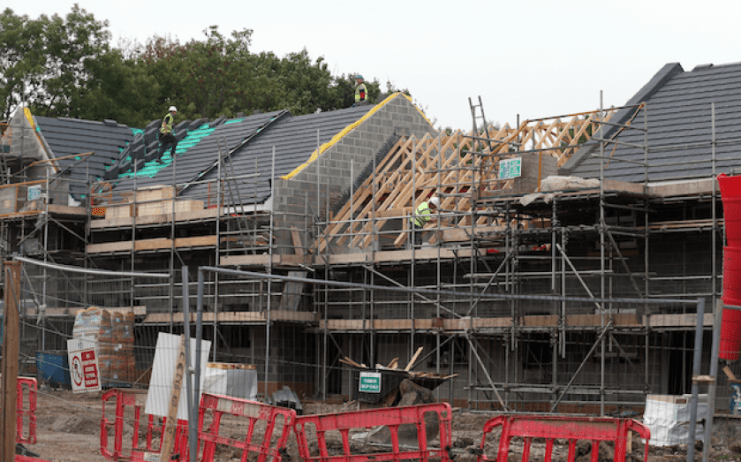Nutrient neutrality tweaks look a rare example of sound policy

Nutrient neutrality. It’s fair to say they might not be the two sexiest words to have ever moved a stock market but yesterday they most certainly did, with housebuilders flying on the news the government was set to ease the paperwork surrounding new housing developments.
In short, current rules mean that in a full 62 local authorities, developers have to prove that any new housing project will be ‘nutrient neutral’ – effectively having no environmental footprint at all. Unsurprisingly, that’s a pretty high bar to meet. The way it has been interpreted has unsurprisingly been very much in favour of not putting bricks in the ground.
So, good idea or bad idea? Sensible reforms to the planning system or an unforgivable loosening of environmental restrictions at a time when thanks to our water network our rivers, seas and canals resemble a toddler’s potty training?
The answer appears to be the former: the sort of regulatory tweak which can free up housebuilders to build where they should be able to at much lower – and not prohibitive – cost, whilst keeping legally binding restrictions in place to tackle pollution at source.
Crucially, the costs, such as they are, will be balanced by a significant fund to cover any impacts down the way. Wonks reckon the move will free up development of more than 100,000 homes which have been considered too expensive to build thanks to an overly bureaucratic scheme. Those are homes that are badly needed.
It is perfectly reasonable to think that messing around with any environmental regulation at all at the moment is a step too far. But to oppose these changes is effectively to choose ‘degrowth,’ an academically trendy idea that has inexplicably gained traction in recent years.
Those of us in the reality-based community, meanwhile, will acknowledge that Britain’s pollution problems are the result of mismanagement and underinvestment – not new houses.
